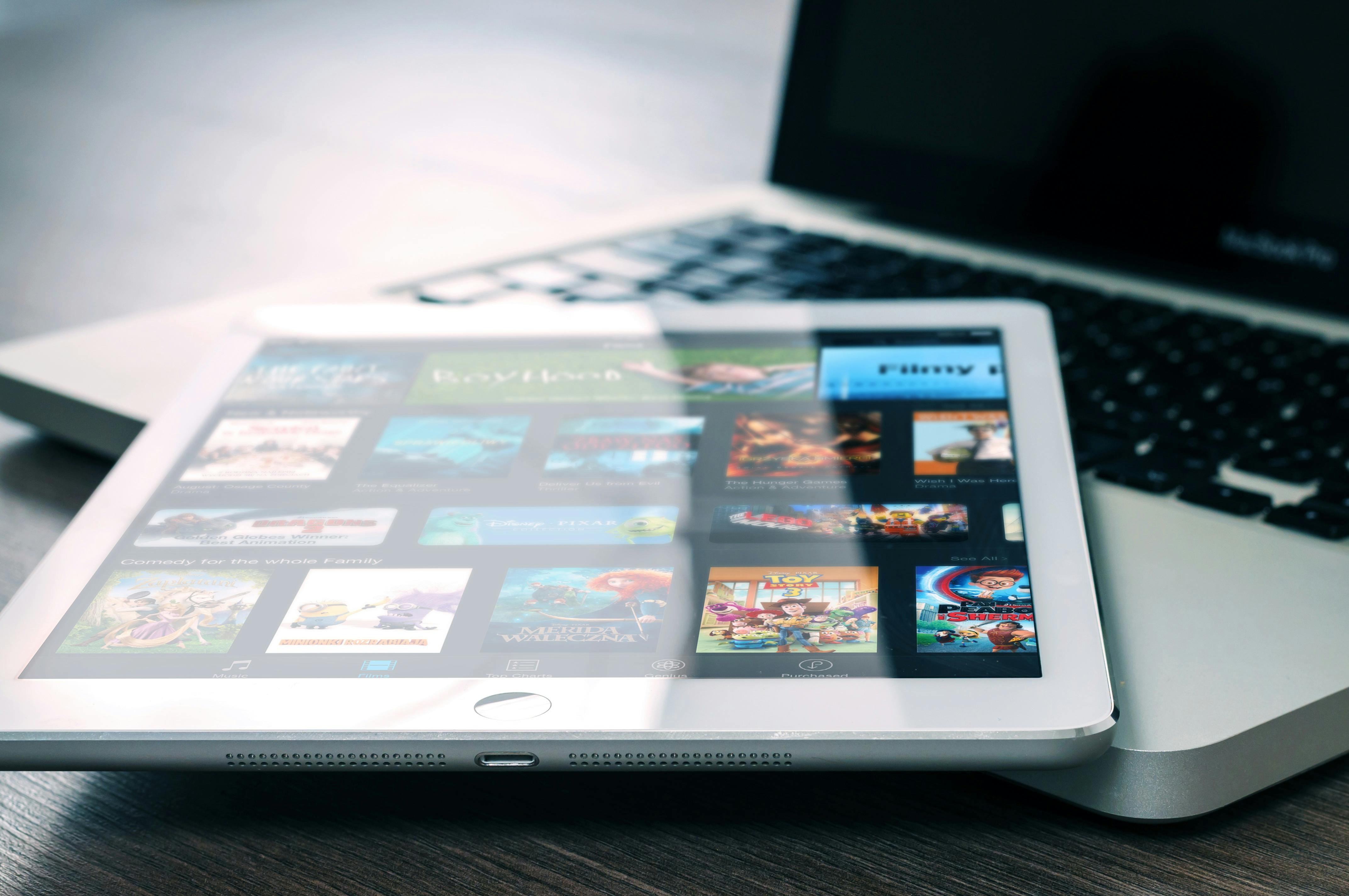
Into the Future: Global Healthcare App Development Trends for 2018
Patient-centric technology, smart healthcare both inside and outside the hospital walls, innovative and cost-effective forms of healthcare are the new watchwords this year! And this is what 2018 promises to bring, a host of new trends and technology.
Digital healthcare technology solutions are truly disruptive. There is no limit to the way these solutions can be used. To address better diagnostics and more personalized healthcare, culminating innovation leads to challenging data protection. According to the latest Deloitte research, trends in health data security and management will include cognitive computing, cloud-based interoperable electronic health records, and the Internet of Things (IoT). Cybersecurity and data risk management continue to be front and center, especially as patients take more active control of their health and want access and reliability to their data.
Here is a brief perspective towards a successful transition for a better tomorrow:
1. Cloud-based services to expect a growth surge again
Cloud computing is expected to triple in the healthcare market. With more than $3.73 billion in healthcare spending on cloud services last year, that number is expected to nearly triple, reaching $9.48 billion by 2020. The ability to easily and securely share information is an ability critical, and cloud services are good enablers for this. According to reports, the economic benefits of cloud computing can be significant, as cloud computing provides cost flexibility and the possibility of reducing costs. From an operational perspective, cloud services offer scalability and the ability to quickly adapt to demand. Cloud services can offer better security and privacy for health data and health systems.
2. Improving the patient experience through Telehealth and telemedicine Telehealth to raise the bar for more convenient care offerings by offering incredible potential to enable remote patient monitoring, virtual visits, and other telehealth modalities. According to expert estimates, telemedicine is expected to raise more than $40 billion by the year 2021.
3. Internet of things to vastly overturn healthcare According to Forecast’s predictions, IoT is only in its infancy and will expand to a staggering 75 billion devices by 2025. IoT may improve disease control; it will provide better treatment outcomes, more accurate data analysis, a better patient experience, and dramatically reduce treatment costs.
4. Artificial intelligence is moving slowly A self-contained engine of growth in mhealth, AI provides a great respite from global problems such as long-term chronic illnesses, rising costs, often with an aging population, and limited resources. Growth in the AI healthcare market is expected to reach $6.6 billion by 2021, or a 40% CAGR. AI and robotics come to define New Health and is set to deliver smart solutions for both evidence-based and outcome-based health, but with a focus on preventive and collaborative care.
5. Blockchain is exploding in popularity Blockchain promises to make a bigger transformation by making health information exchanges (HIEs) more secure, efficient, and interoperable. Not surprisingly, blockchain technology creates unique opportunities to reduce complexity, enable trustless collaboration, and create secure and immutable information.
The bottom line: Healthcare providers and hospitals should essentially take advantage of these digital technology trends to provide more personalized care and improve the patient experience. And a special focus on the development of telemedicine and mHealth applications can help improve interactions between providers and consumers on par.